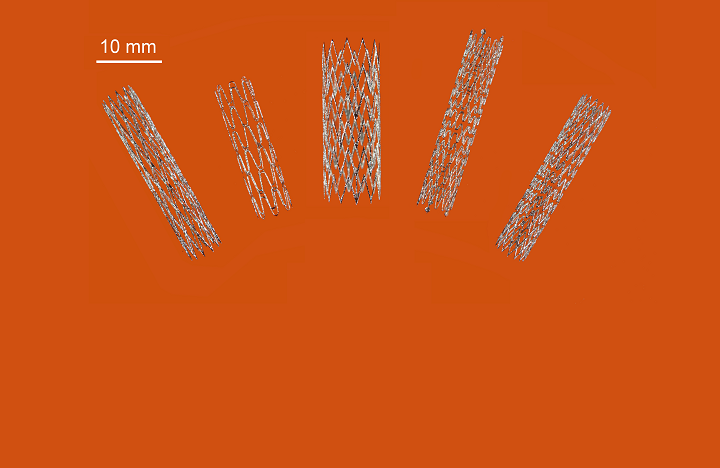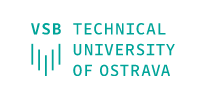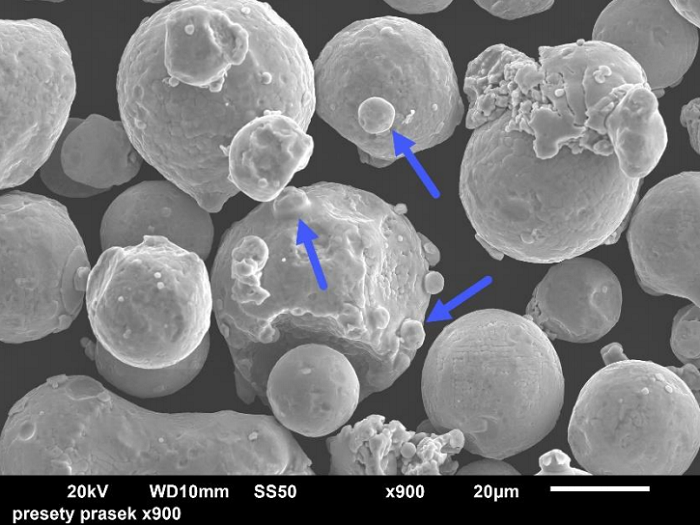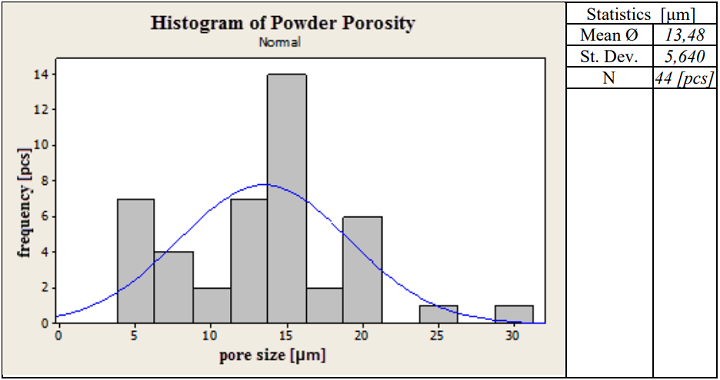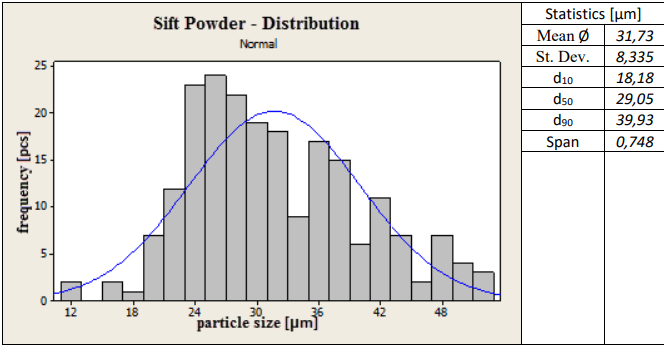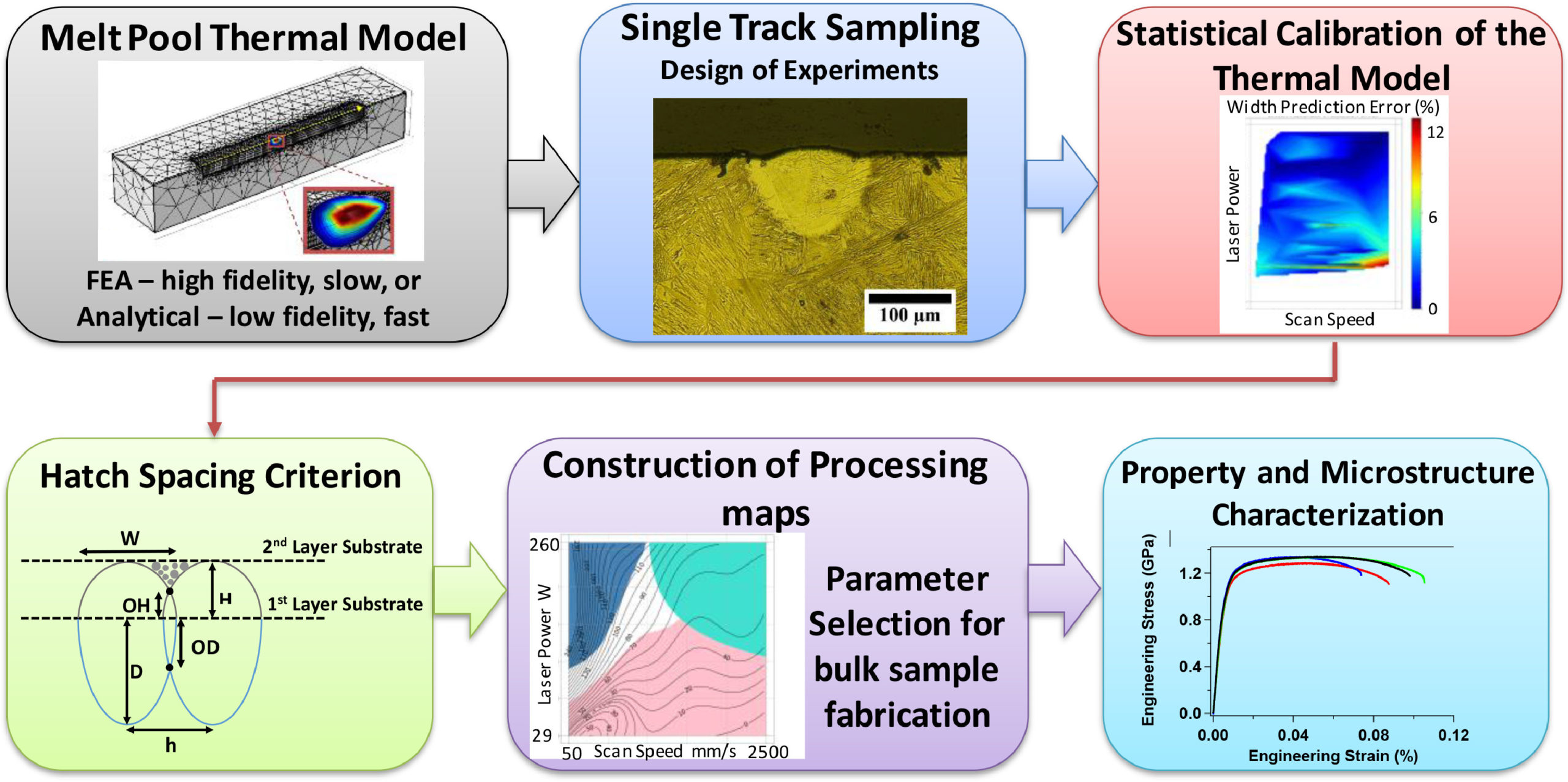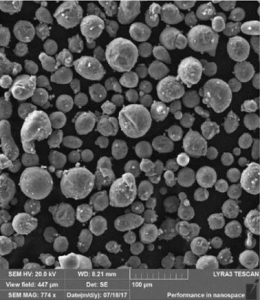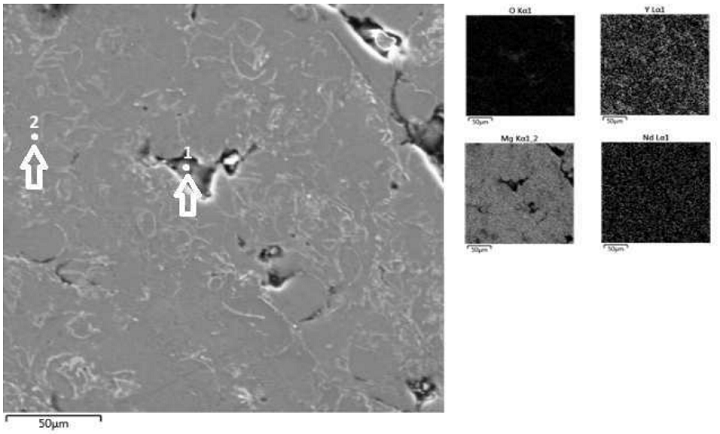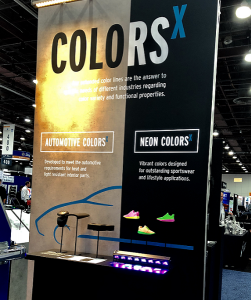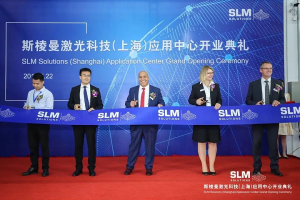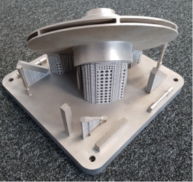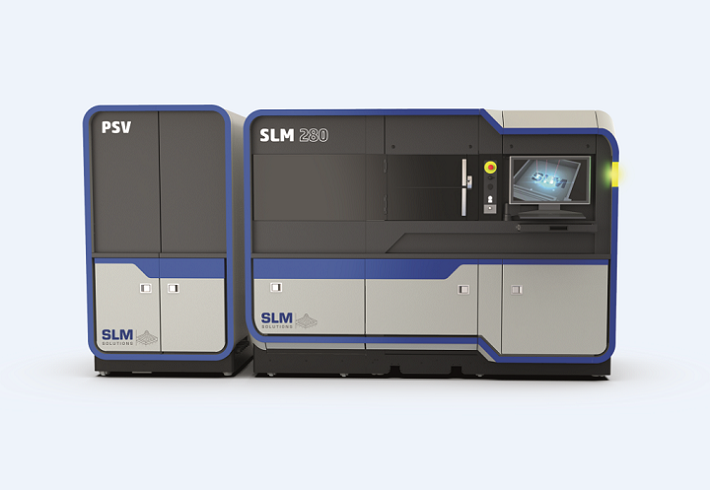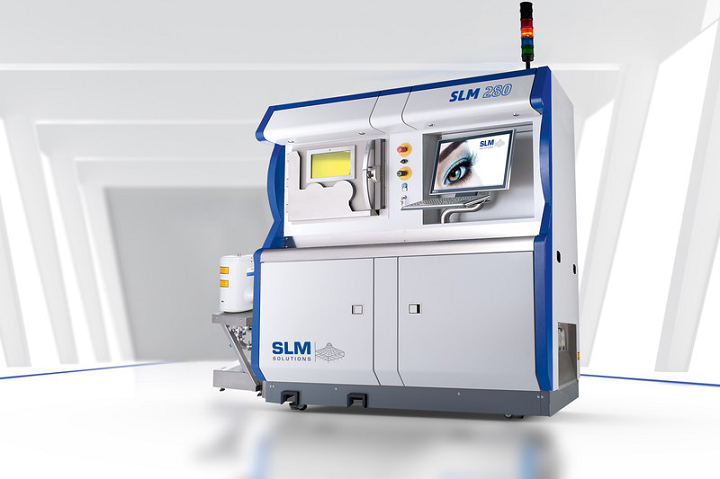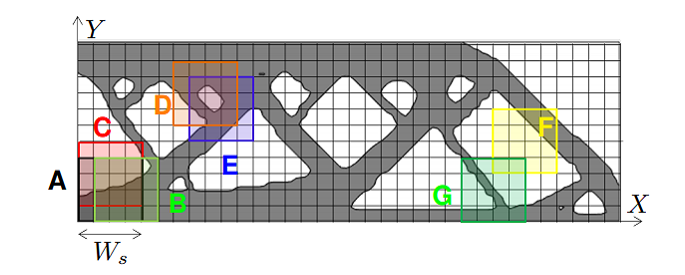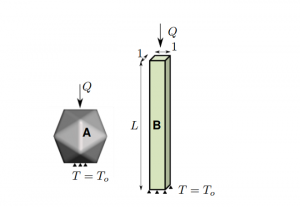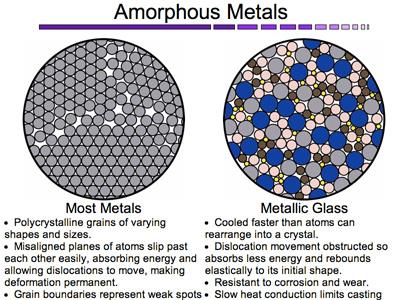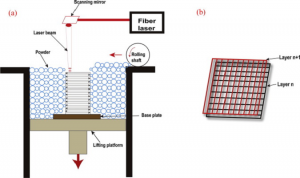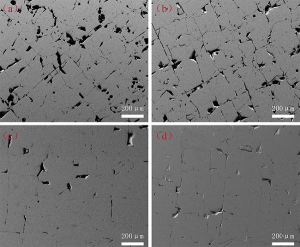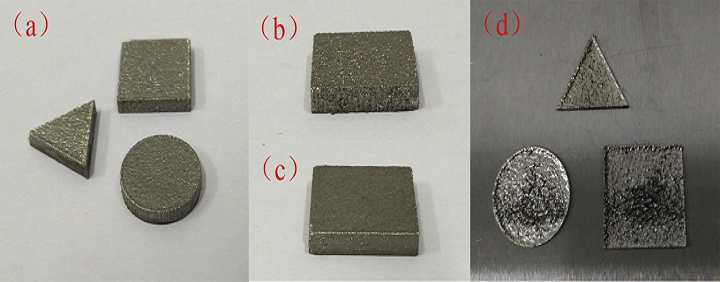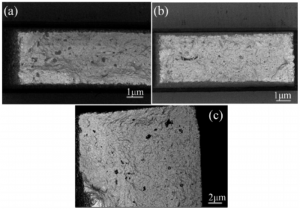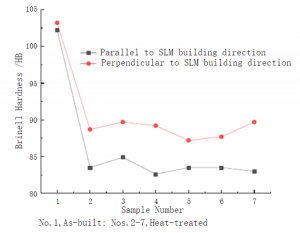Other organizations like NASA have also been using 3D printing technology for prototypes and functional parts—long before the rest of the world had an inkling about the impacts that would be made decades later in nearly every major industrial application. The Continental Automotive division serves as a good example of the long evolution of 3D printing and additive manufacturing within industries like automotive.
With a market cap of roughly $18.5 billion, Continental is a German multinational auto parts maker that manufactures such products as electronics; safety, powertrain and chassis parts; brake systems, tires, and more. Its customers run the gamut of car, truck and bus companies, including Volkswagen, Ford, Volvo, BMW, Toyota, Honda, Porsche and others.
As with every automaker, the firm has been using AM for design and prototyping purposes for some time, but it is now taking the technology to the next level. Just last year, the German-headquartered company opened the competence center for additive design (ADaM) at its Karben site. Five different 3D printing techniques are currently being used at ADaM:
- Selective laser melting (SLM)
- Selective laser sintering (SLS)
- Stereolithography (SLA)
- Digital light processing (DLP)
- Fused deposition modeling (FDM)
“Practically at every location there are at least smaller additive systems, but this abundance and variety of systems is only available in Karben,” said Frauke Berger, site manager at Continental Automotive, in a recent interview.
As the automotive and engineering divisions of the company, founded in 1871, work together closely, they are able to put the advantages of 3D printing into action using both plastic and metal materials.
For Continental, this means enjoying savings on the bottom line, more efficient manufacturing processes, ease in designing and making changes without waiting on a third party, and, most importantly for many industrial users, the ability to fabricate more complex geometries previously impossible with traditional techniques.
“A major advantage of additive manufacturing is that parts can be designed differently, and projects are therefore approached in a constructively different way,” said Berger.
Previously, the Continental team was able to create a more durable brake caliper:
“Usually such patterns come from sand casting. It takes about 14 weeks. The printed part was finished in less than a week,” explained Stefan Kammann, head of the Additive Design and Manufacturing business segment. “In principle, all weldable metals such as aluminum, stainless steel and tool steel, titanium or, to a limited extent, copper can be printed.”
Plastics are usually printed at Continental via selective laser sintering (SLS), as the team finds it to be the fastest route, as well as the most similar to ‘series technology.’ Materials such as PA12, as well as PA6, are often employed, along with polypropylene for parts like brake fluid containers.
As 3D printing and AM processes have continued to make impacts around the world and progress due to user’s needs, that growth has been seen at Continental, too, as software, hardware, and materials have been further refined. Orders for parts that may have previously involved up to 40 hours of production time now may take as little as 60 minutes.
“In the past we knocked the supports off the lattice platform with a hammer and chisel and had to be careful not to tear out any piece of the model, the material was so firm,” says Kammann. “The process is extremely precise, and we achieve good surfaces with it.”
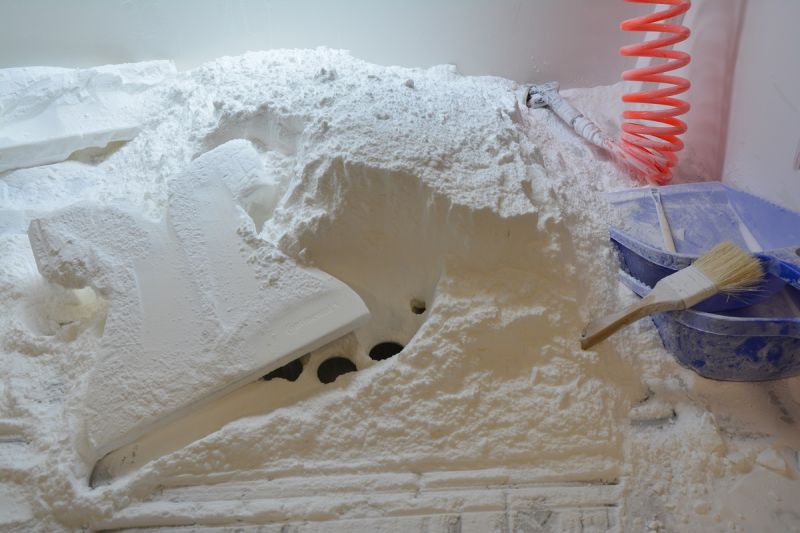
With Selective Laser Sintering (SLS), support structures are no longer required. (Image credit: Continental)
DLP printing also allows for the option of 3D printing several parts at once, along with using a selection of materials, like ABS, PLA, TPU, and other plastics.
“For this purpose, a filament, i.e. a rolled plastic, is pressed through a hot nozzle and applied in sausages in a manner comparable to a CNC-controlled hot glue gun,” said Kammann. “You need an infrastructure and other technologies to process, combine, and instill the parts properly.”
Next year, the Continental team is planning to complete a large order for a manufacturer in need of 9,500 parts—all of which will be 3D printed.

Stefan Kammann explains how the rolled plastic is pressed through a hot nozzle. (Image credit: Claus Dick)
Industrial users continue to enjoy the positive impacts of 3D printing and AM processes in a wide variety of other applications too such as aerospace, dental and medical, construction, and far more.
What do you think of this news? Let us know your thoughts! Join the discussion of this and other 3D printing topics at 3DPrintBoard.com.

The Continental Competence Center for Additive Design and Manufacturing (Adam) in Karben houses various systems for 3D printing. (Image credit: Claus Dick)
[Source / Images: Automotive IT]
The post The State of 3D Printing at Continental Automotive appeared first on 3DPrint.com | The Voice of 3D Printing / Additive Manufacturing.





